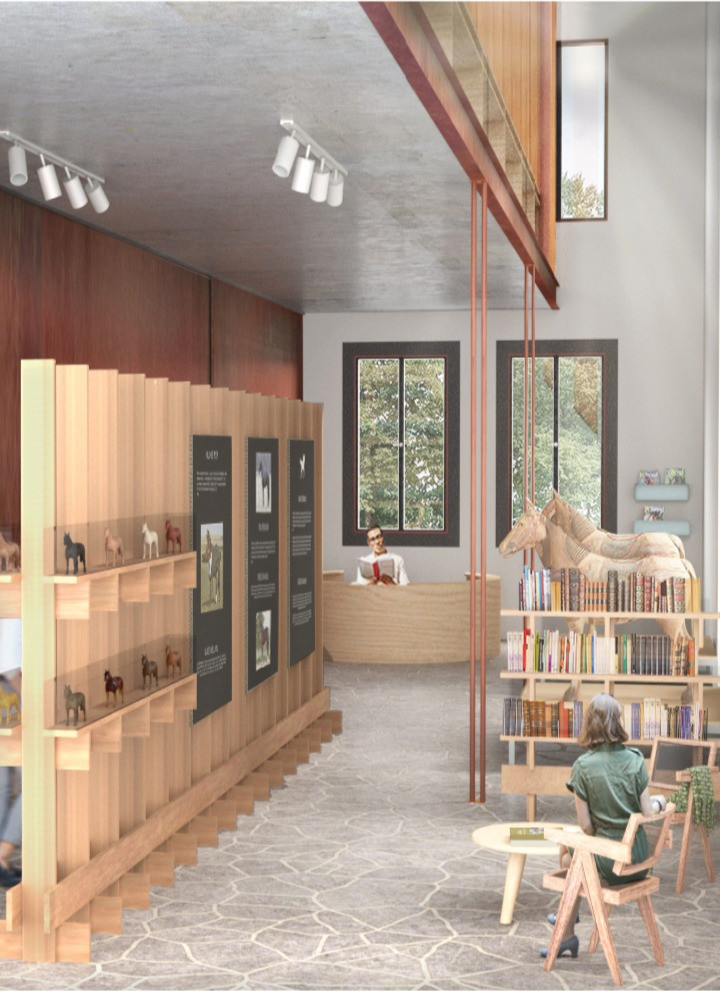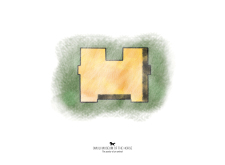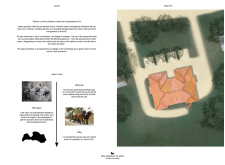5 key facts about this project
The Omuli Museum of the Horse features a design that brings together modern sensibilities and the longstanding equestrian heritage of Latvia. Located in a region rich with cultural meaning, the museum serves as a hub for education and community interaction, highlighting the significant role of horses throughout Latvian history. Central to the project is the idea that tradition can thrive in contemporary forms. The design emphasizes openness and connection, using a concept of emptiness that creates a dialogue between history and modernity.
Conceptual Framework
At the core of the museum’s design is a commitment to living traditions rather than merely preserving the past. This is achieved through a method of subtraction, whereby parts of the existing structure are removed to form new spaces. Large voids and openings are integrated into the design, encouraging movement and interaction among the various functions of the museum. This strategy fosters an environment where visitors can engage with the exhibits in a meaningful way.
Spatial Relationships
The architecture articulates a clear emphasis on how space is organized. The design promotes visual connections within the museum, which enhances the overall experience for visitors. By incorporating cuts and voids, each area seems interconnected, making navigation intuitive. This layout not only supports the flow of foot traffic but also encourages moments of pause and reflection as visitors move through the museum.
Cultural Context
The museum acknowledges Latvia's deep history with horses, tracing back to the Middle Ages. During this time, horses were seen as vital to daily life and even held symbolic meaning in burial practices. The 20th century introduced challenges, particularly with the Soviet regime’s efforts to enhance horse breeding. Today, discussions around biodiversity and ecotourism play a crucial role in shaping local culture, and the museum aligns itself with these contemporary priorities, serving as an educational resource for local and international visitors alike.
Material Consideration
While the presentation does not specify particular materials, there is a clear emphasis on choosing local resources. This approach underscores the importance of sustainability and reflects the community's cultural identity. By weaving local materials into the design, the museum fosters a sense of belonging and strengthens its ties to the surrounding environment.
The design incorporates large windows and open spaces that allow natural light to flow in. This connection to the outside enhances the visitor experience, allowing panoramic views of the landscape while creating a serene atmosphere. As one moves through the building, the interplay of light and space contributes to a thoughtful environment, encouraging an appreciation for both the exhibits and the heritage they represent.






















































